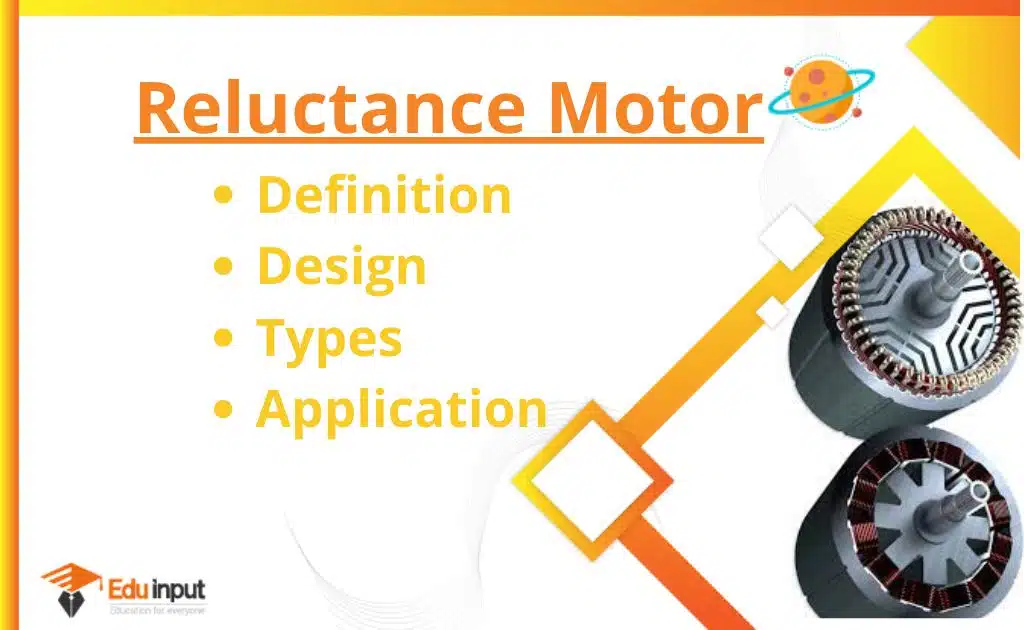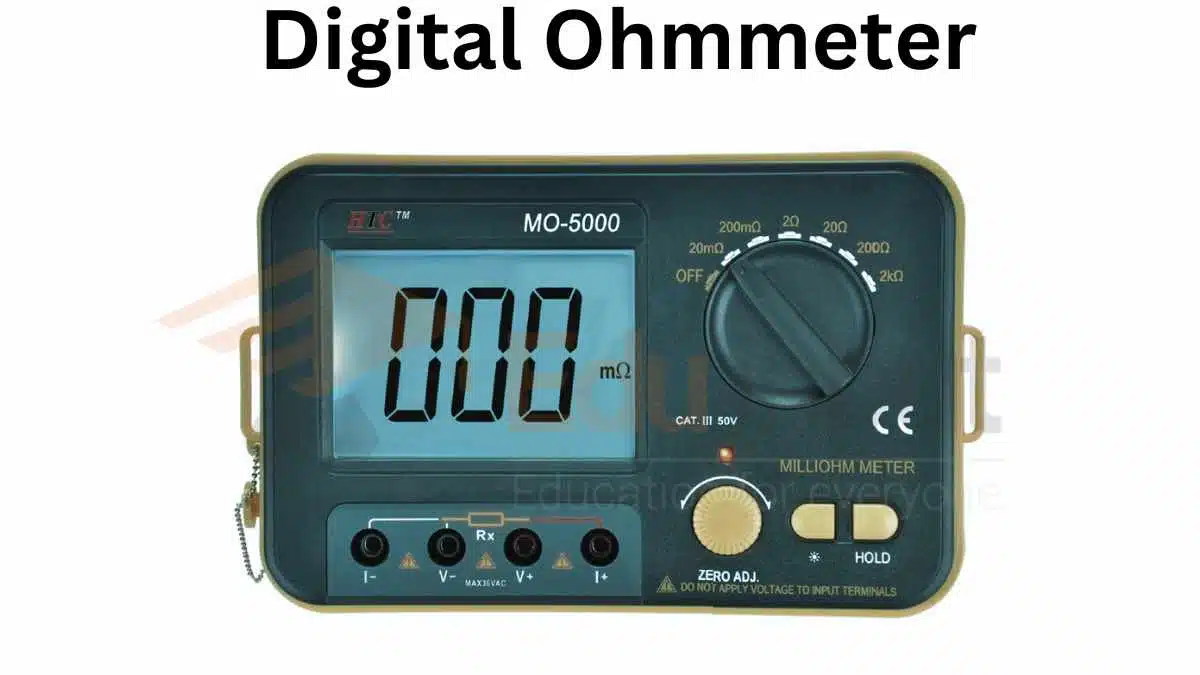Induction Generator-Definition, Principle, Advantages, And Disadvantages
An induction generator is a device that uses electromagnetic induction to generate electricity. An alternating current (AC) electrical current is induced in a conductor running through a magnetic field created by coils of wire around the conductor.
What is an induction generator?
A type of alternating current (AC) electrical generator that uses the principles of induction motors to produce electric power is called an asynchronous generator.
The speed at which the generators operate is different than the speed at which they turn their rotors. A regular AC motor can usually be used as a generator, without any internal modifications. Because they can recover energy with relatively simple controls, induction generators are useful in applications such as mini hydro power plants, wind turbines, or in reducing high-pressure gas streams to lower pressure.
Principle of operation
- Excitation
- Active power
- Required capacitance
- Torque
- Rated current
Induction generator working
An induction generator works by using a transformer-like device called a slip ring to transfer power between moving and stationary components. Slip rings consist of a set of conductive brushes that ride along a pair of electrically isolated metal surfaces. One surface is connected to the moving part of the machine, while the other is connected to the fixed part.
As the brushes slide across these surfaces, they create an alternating current in each brush. Because the brushes are insulated from each other, the resulting current in each brush is out of phase with the current in the other brush. If a third brush is added to complete a circuit, the three brushes together act as a single winding of a transformer.
Each brush carries half the total load current, and the ratio of the number of brushes to the number of windings determines the output frequency.
Induction generator Uses
Due to their ability to produce useful power at differing speeds, in wind turbines and some micro hydro installations, induction generators are often used. Other generator types are more complicated than the instrument generators. They are also more rugged because they don’t have brushes or commutators.
Advantages of Induction Generators
These are some advantages of using an induction generator
- It requires less maintenance to be done.
- It is cheaper than others.
- It has a high energy density because of its small size per kilowatt output power.
- It doesn’t run in a straight line without being hunted.
- It doesn’t need to be synchronized with the supply line to be like a synchronous generator.
Disadvantages
A generator that is connected to a capacitor system can generate enough reactive power to operate on its own. The generator will stop producing power when the load current exceeds the ability of the generator to supply both magnetization reactive power and load power.
If the load is removed and the generator restarts with either a DC source or residual magnetism in the core, it is a good choice for wind generating stations. The load-dependence of the generators makes them unsuitable for grid frequency control alone.






Leave a Reply